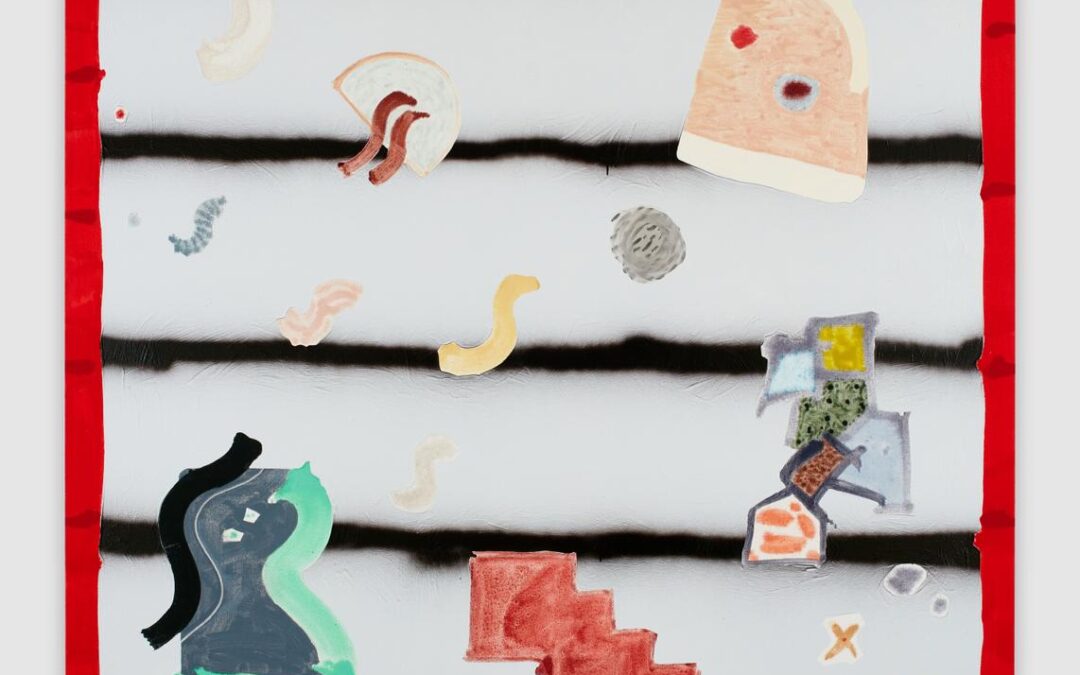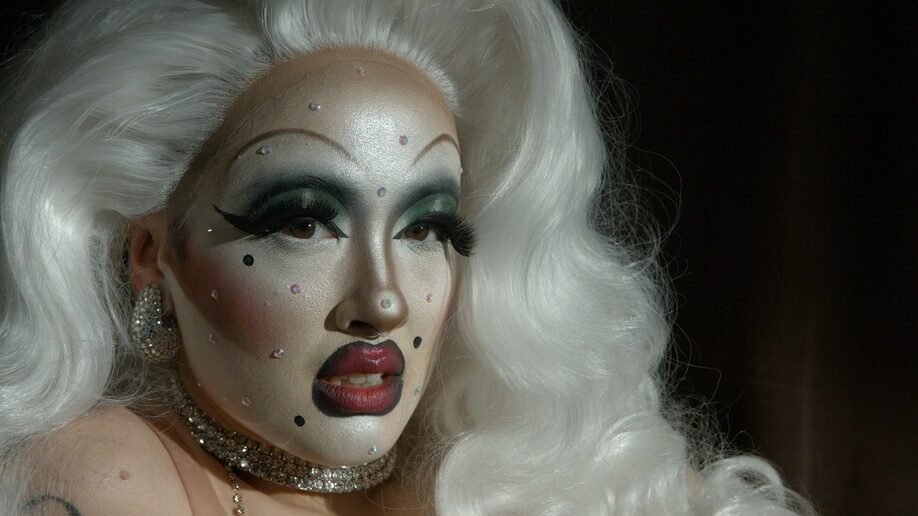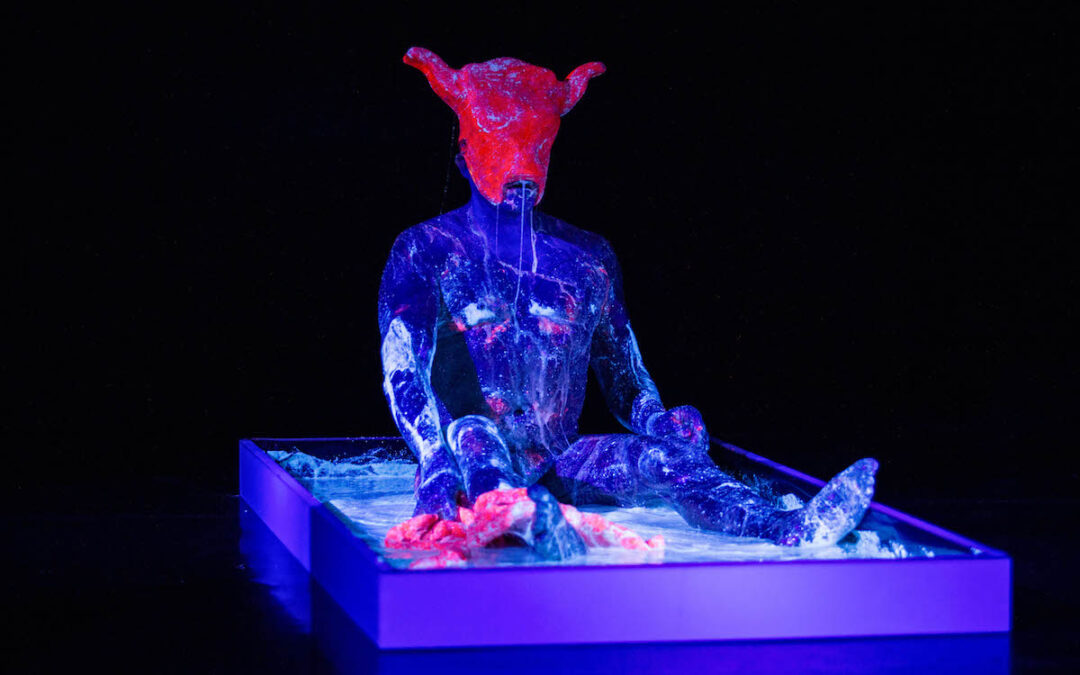The Los Angeles-based painter Rebecca Morris is an obsessive abstractionist. The grid serves as her compositional playground where shapes and colors frolic and meander. The 21-year survey exhibition "Rebecca Morris: 2001-2022," at the Institute of Contemporary Art...




